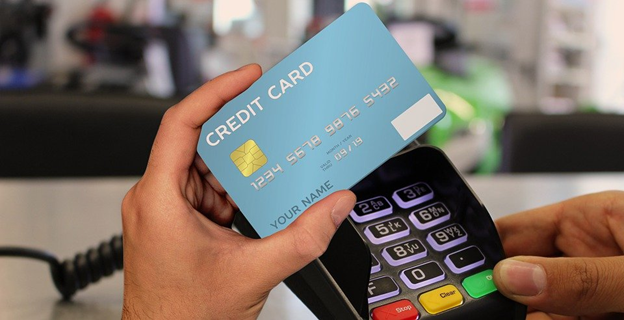
From its inception, credit cards have drastically made transactions smoother between consumers and businesses. Today, credit cards have become a necessity for almost all Americans — as many issuers include a myriad of benefits and rewards programs.
Credit cards are also becoming more advanced than ever, which means businesses and consumers need to stay updated on the latest trends. With that in mind, we’ve taken a deep dive into the world of credit cards and found the key trends that are shaping the future of credit payments.
Payment Tokenization
To make credit cards more secure, issuers have been eyeing the mass adoption of tokenization. An article by CoreLedger explains that tokenization was invented as a means of protecting credit card information. Instead of asking for sensitive user information like security answers and your credit card number, anyone who needs to process a payment can instead ask for a unique non-sensitive identifier called a token. This token makes payments more secure as users can prevent themselves from exposing information that can be used and stolen by fraudsters.
The systems used by merchants are often the center of breaches when it comes to transactions. Without tokenization, merchants store credit card information on their own databases — making them a target for cybercriminals. With tokenization, only tokens are stored on the merchant’s network. Any hacker who is able to bypass the security system of a merchant will only be able to view tokens that don’t hold any value. Merchants can benefit greatly from tokenization, as it reduces the chances of fraud, subsequently contracting the cost of business.
Personal Finance Apps
As more and more people choose to transact digitally, partly because of the ongoing global health crisis, we’ll see card providers offer personal finance apps. This coincides with the popularity of non-issuer released personal finance apps like Mint and Wally, both of which have gained a significant following as it helps people gain a better hold of their finances.
For instance, Apple Card has a corresponding mobile app that is loaded with tons of features like payment scheduling, payment map, and periodical summary reports. Similarly, the Petal Card app provides a new approach to credit by letting users stay updated on credit scores and plan your expenses accordingly. Additionally, the Petal Card app also lets you know where to find the nearest stores that offer cash back to maximize your savings. Both of these apps are a step forward in the right direction. And moving forward, we’ll probably see other huge card issuers create their own personal finance apps that offer their own unique perks to entice new subscribers.
Higher Credit Card Fees
Many card issuers were already wary of a potential recession going into 2020, and the current global pandemic has pushed this cautiousness into reality. Other than limiting the launches of new features and enforcing more stringent lending standards, issuers are expected to raise various credit card fees.
For merchants, balance transfer and cash advance fees have been rising, along with the yearly interchange fees that credit card issuers like Visa and Mastercard ask from businesses. This trend isn’t just limited to businesses, as consumers will also be expected to pay higher annual fees. One reason for this is an expectation that next year will likely see increased spending across industries. Furthermore, credit card issuers are also expected to change the terms of their perks, rewards, and redemption systems in order to adapt to current consumer trends and whether the global economic situation improves or not.
In order to keep your finances in line and maintain good business, merchants should stay on top of the current financial trends. Consumers are always on the lookout for convenience, and as credit cards become more practical each day, not accommodating the latest in payment technology might cost your business.






Networks like Mastercard don’t charge interchange. These networks creates a bridge between merchant and credit card issuer for consumers. Issuers charges interchange to merchant by authorizing transaction after accepting all risk and guarantees the payment to the merchant. Thought to add my two cents
Payment schemes retain a portion of interchange as a fee to let the issuers/acquirers use their network to execute payment.